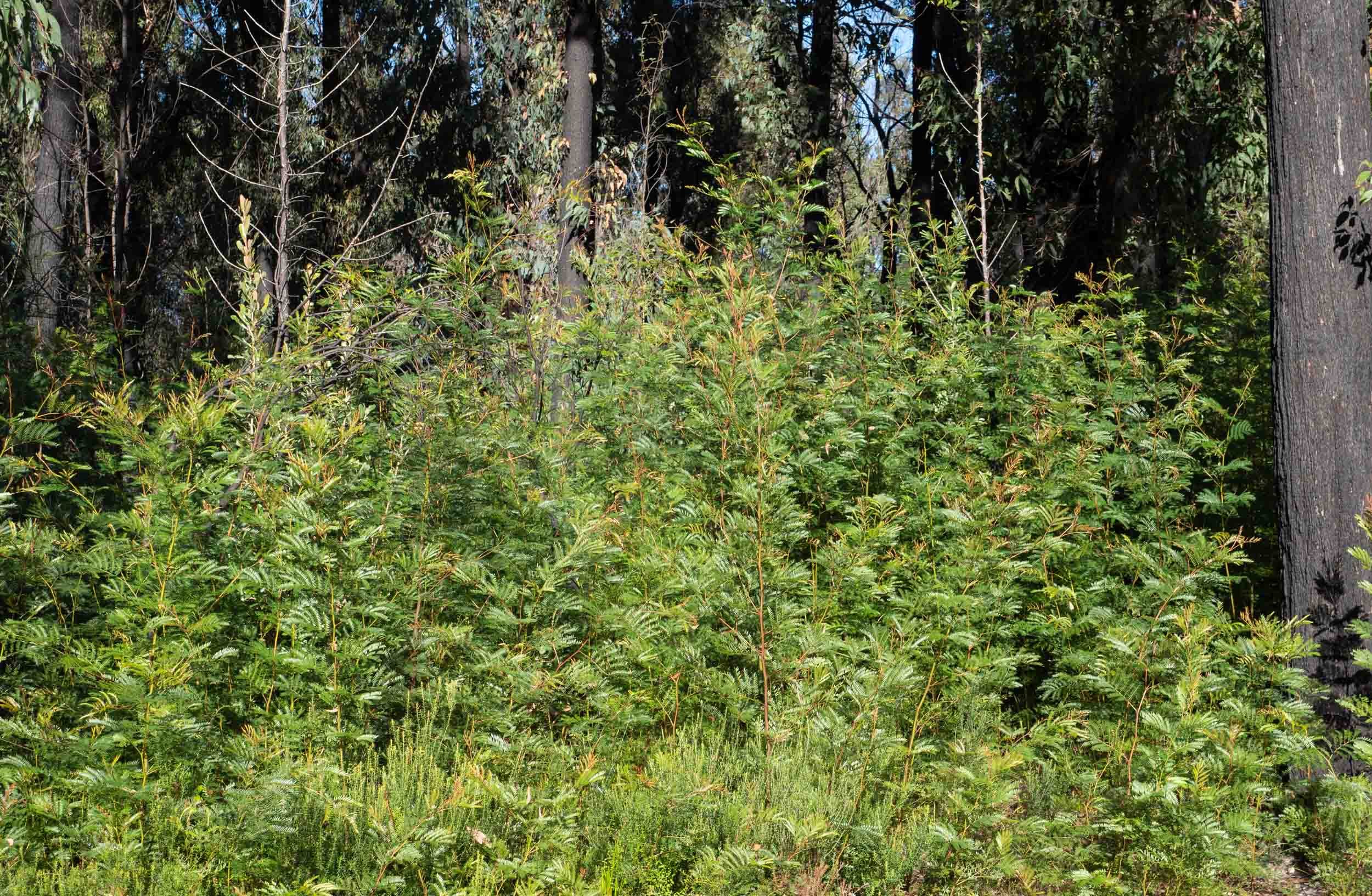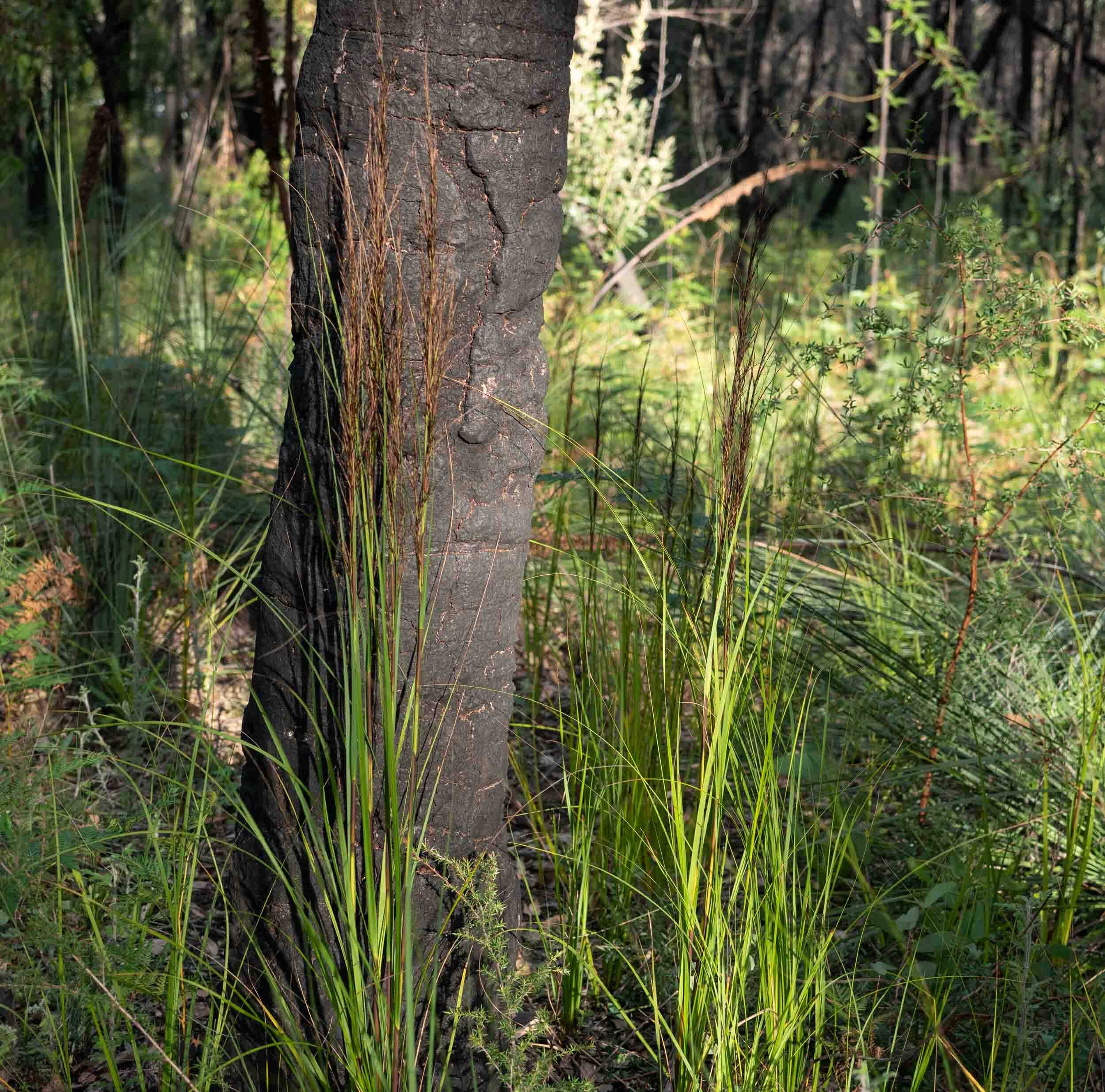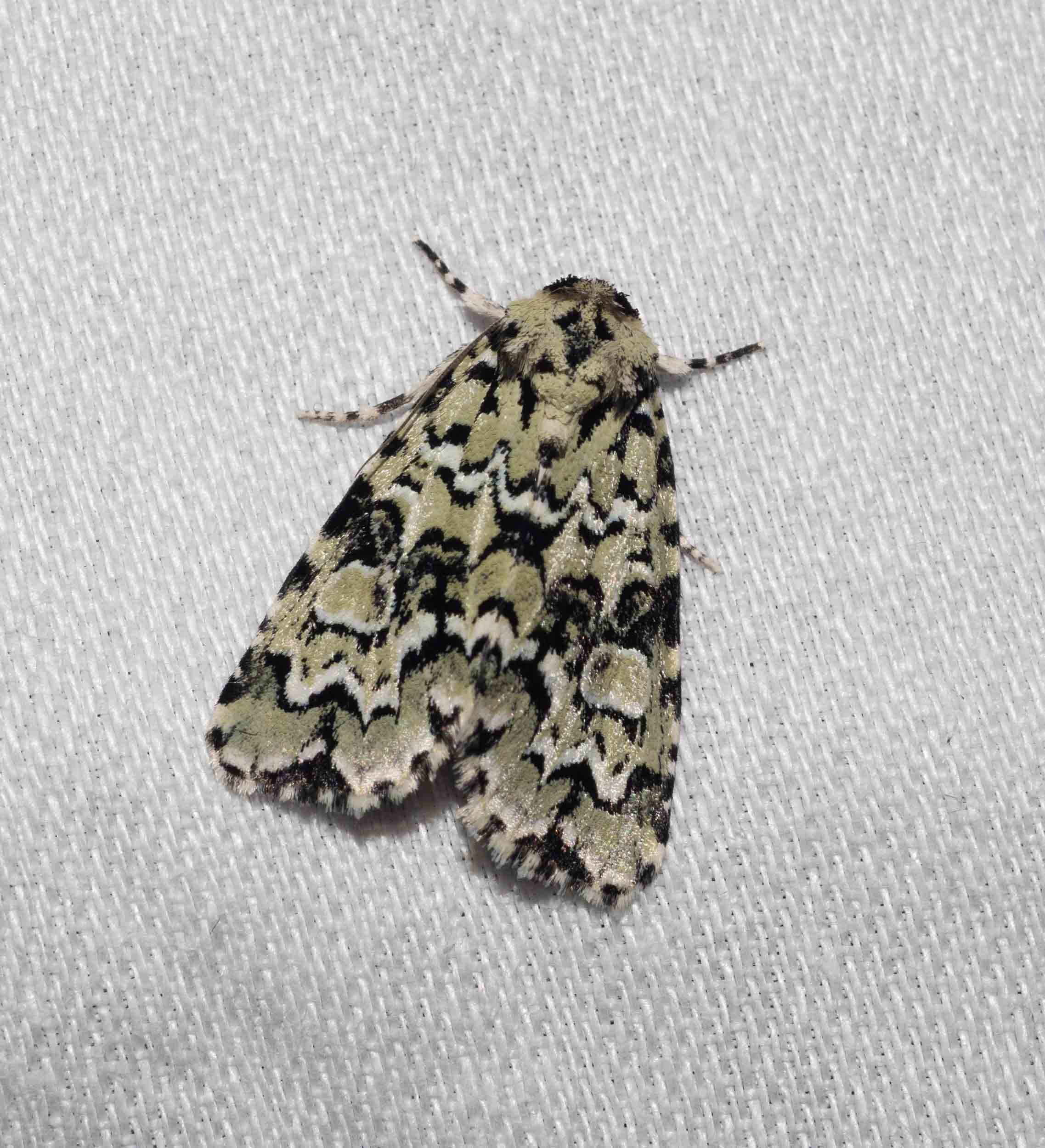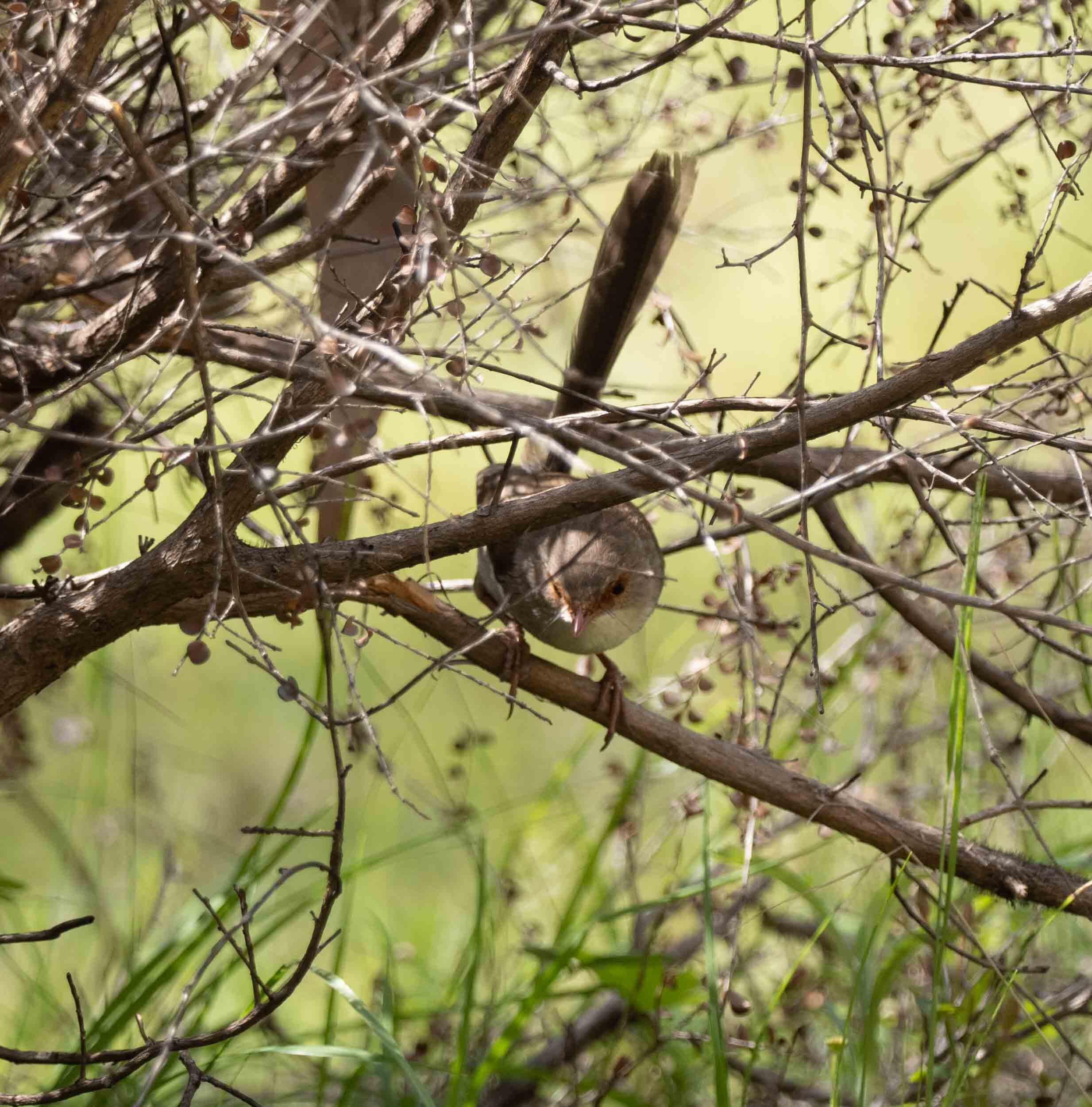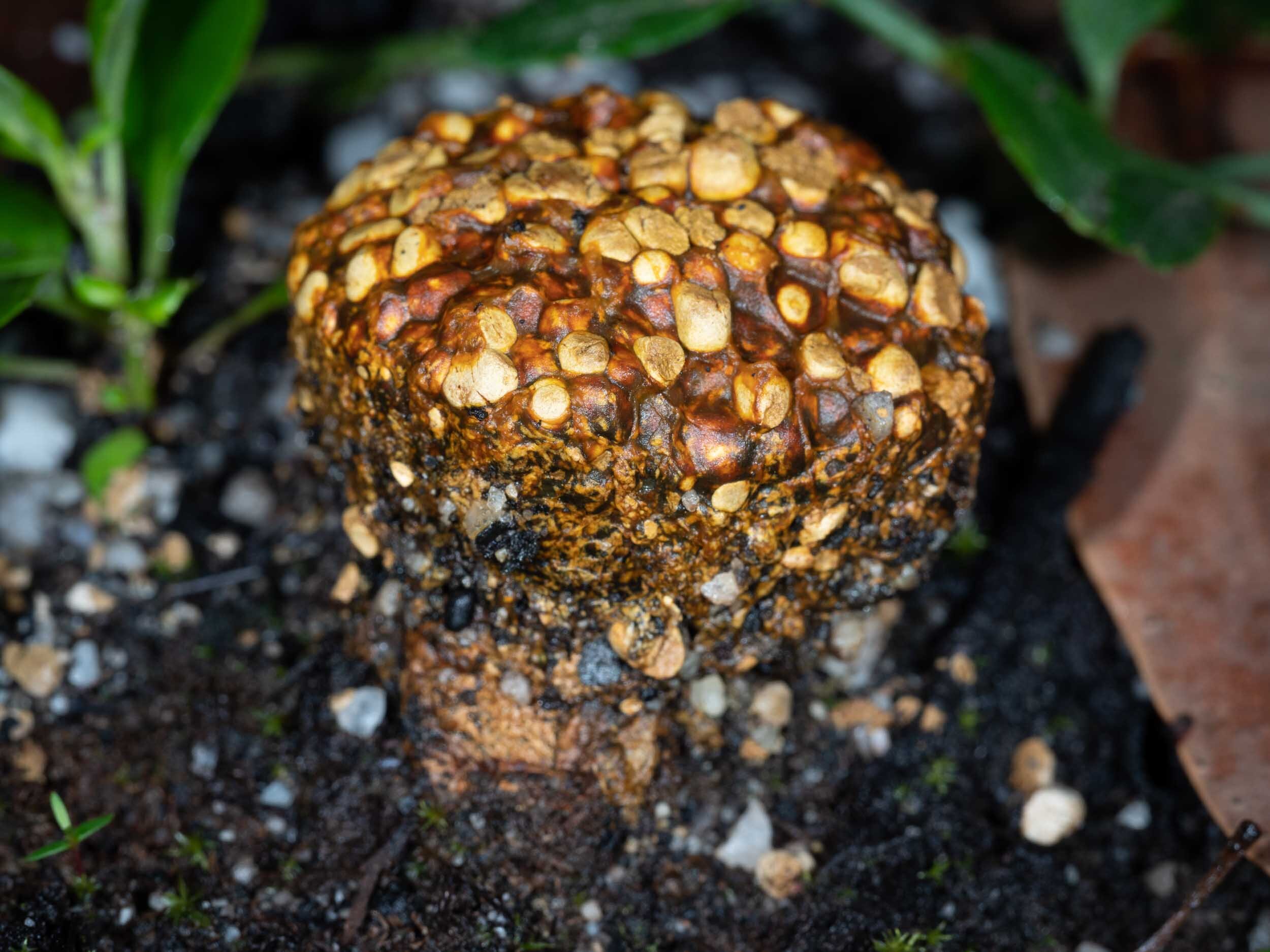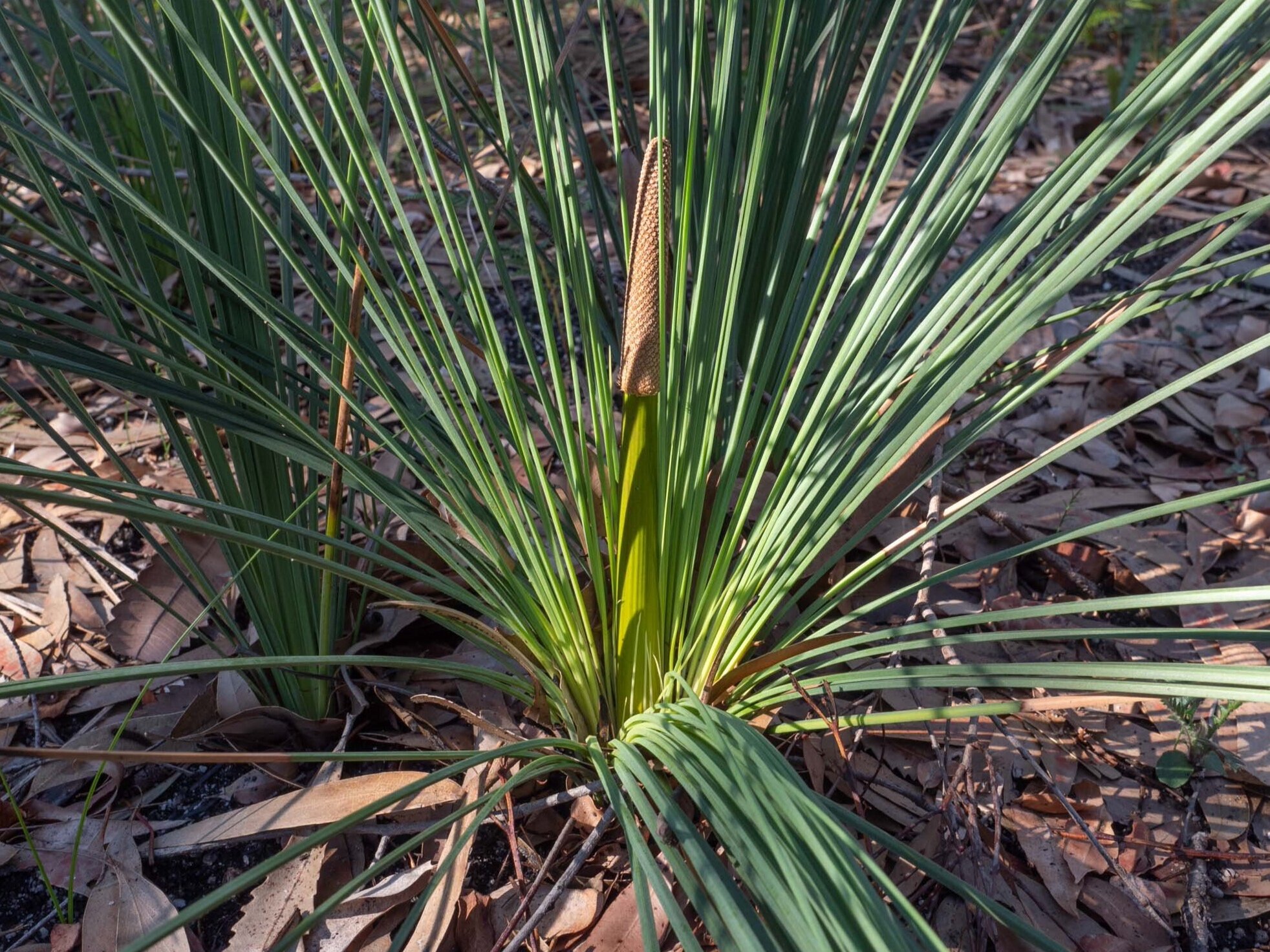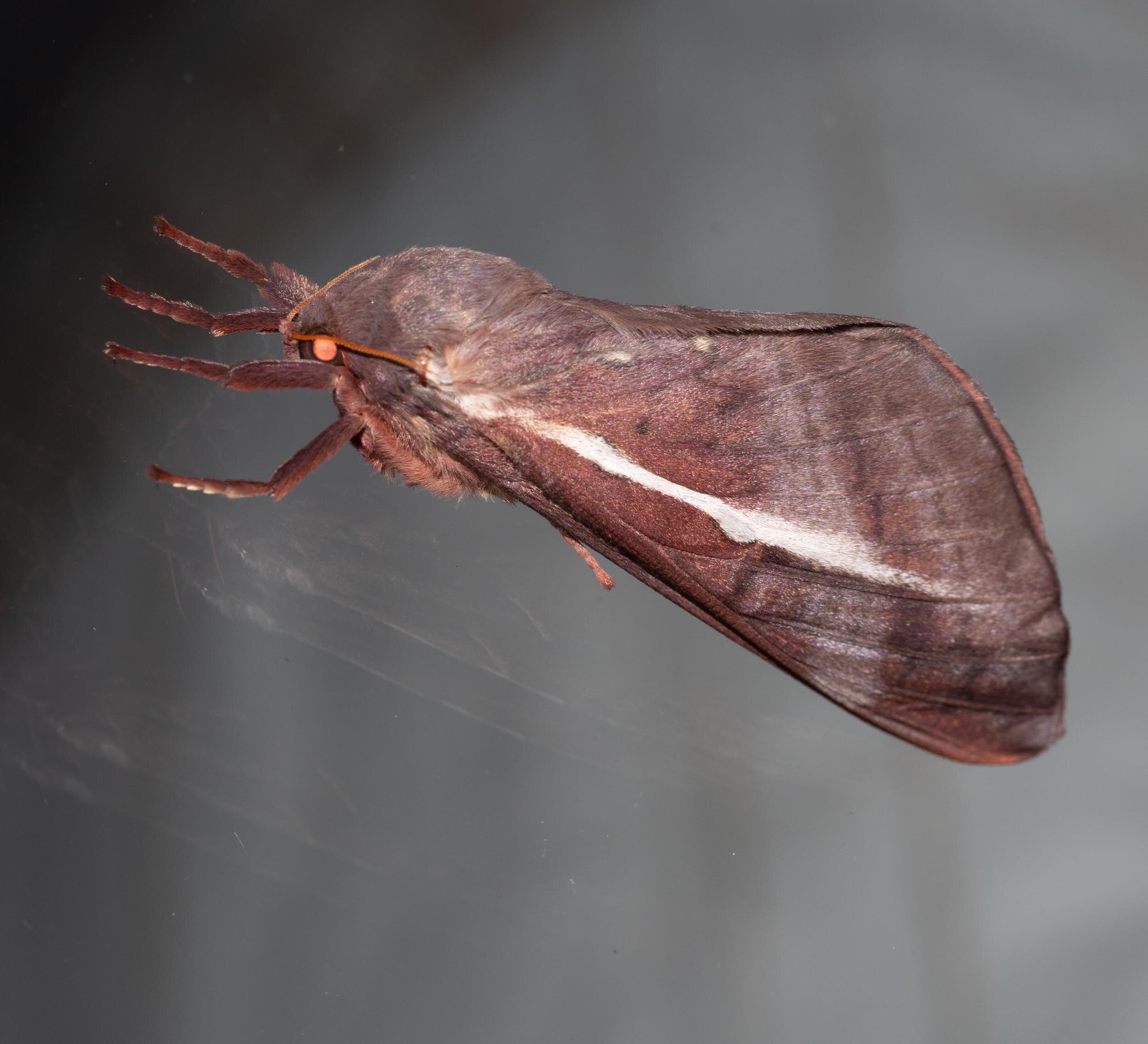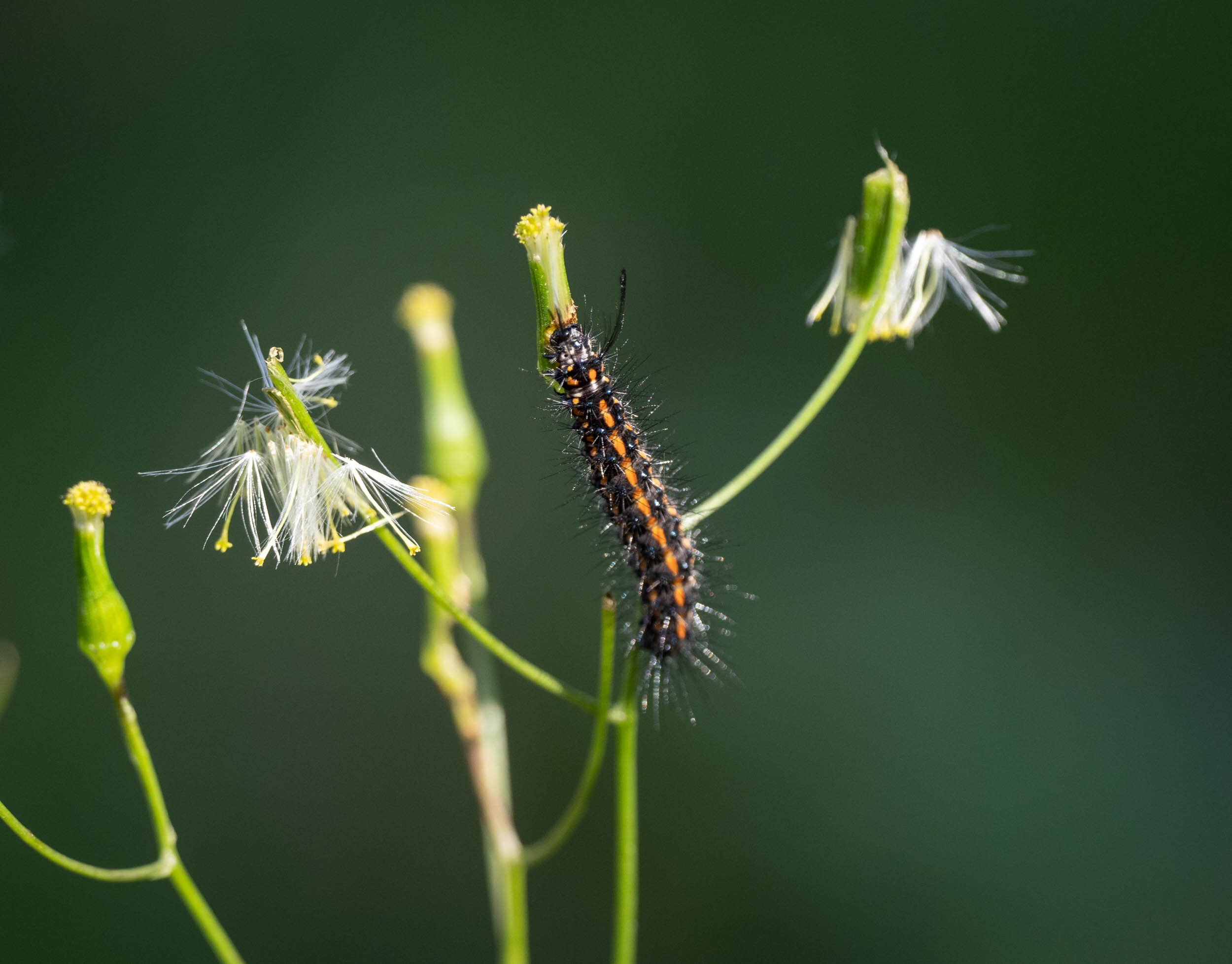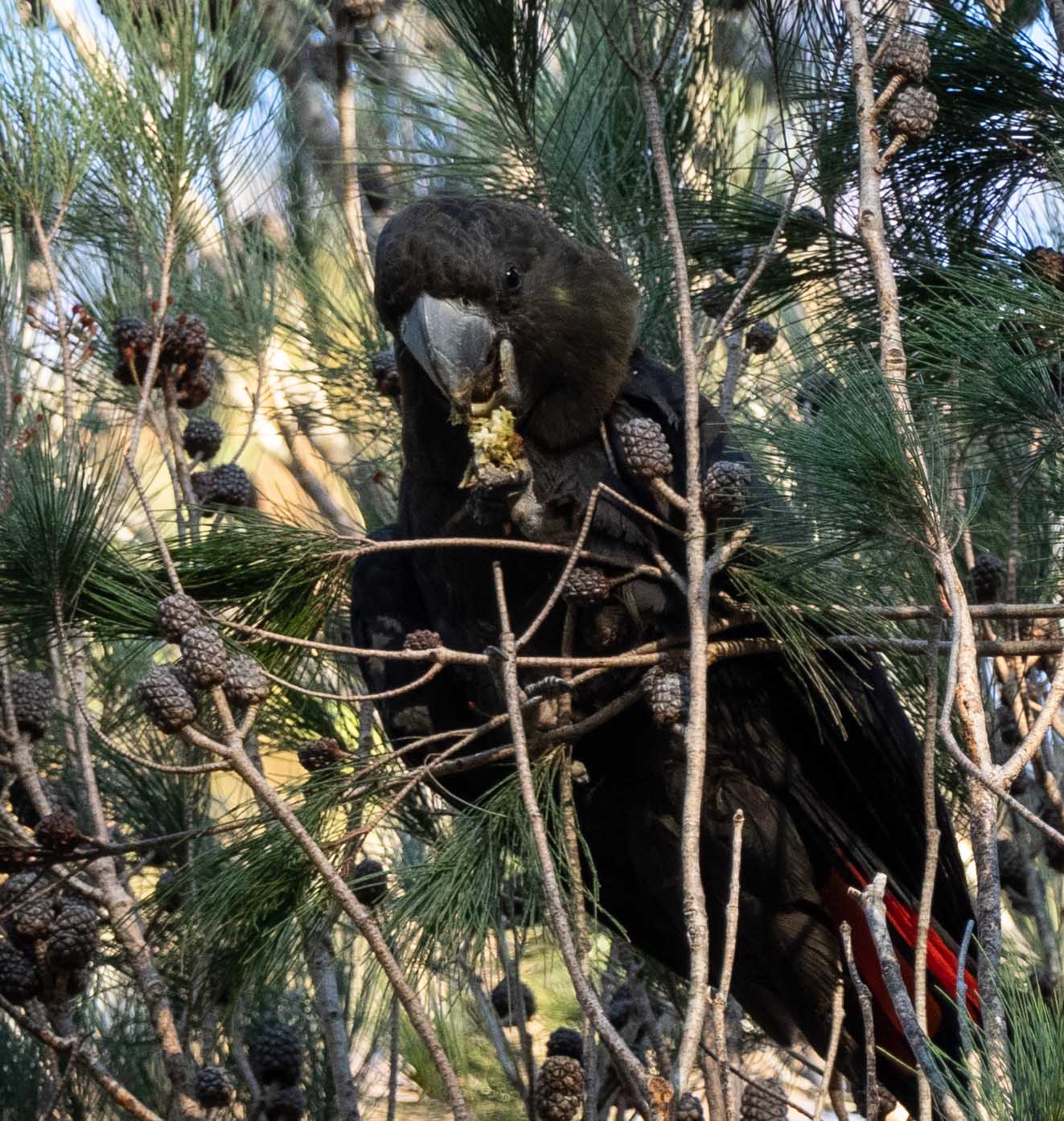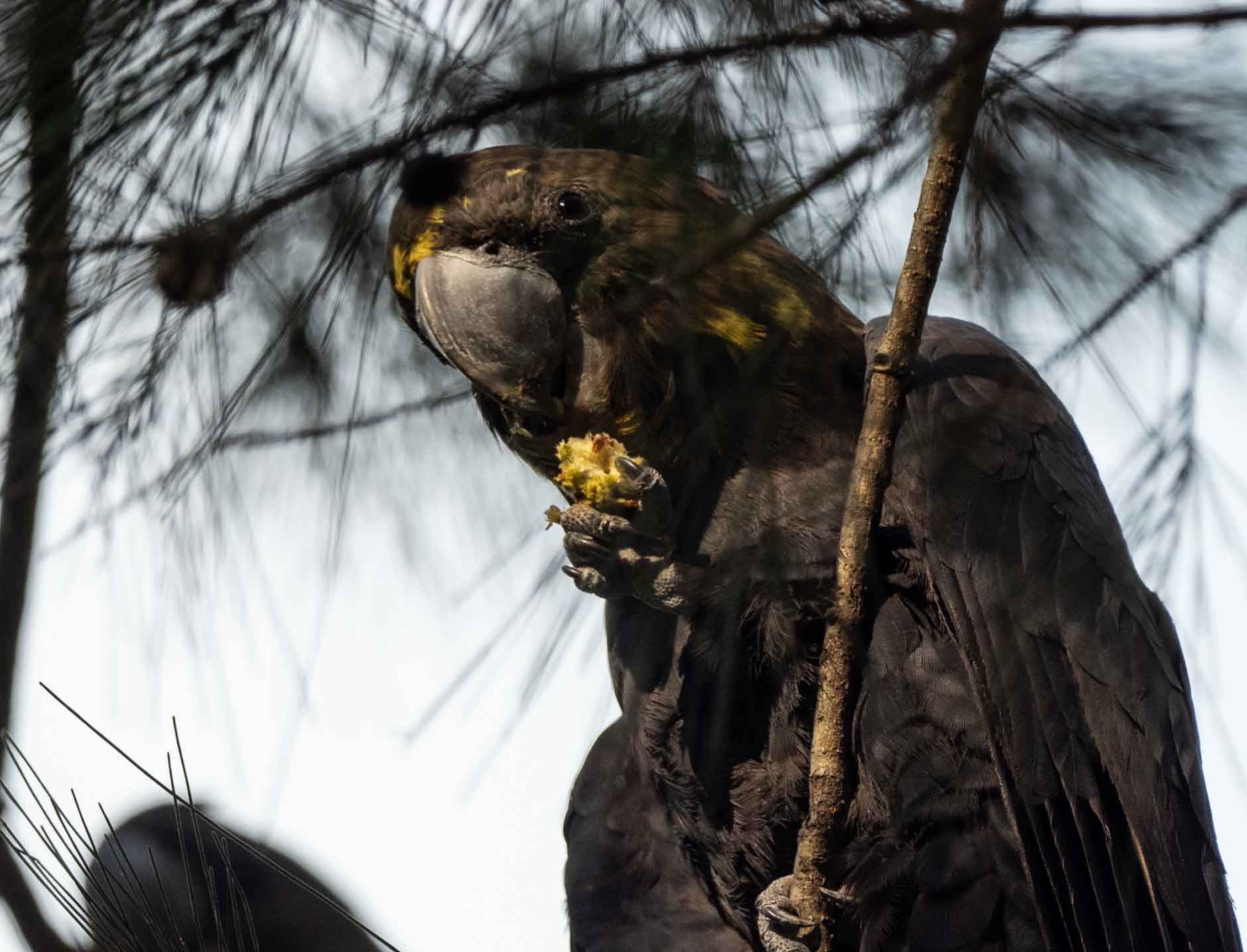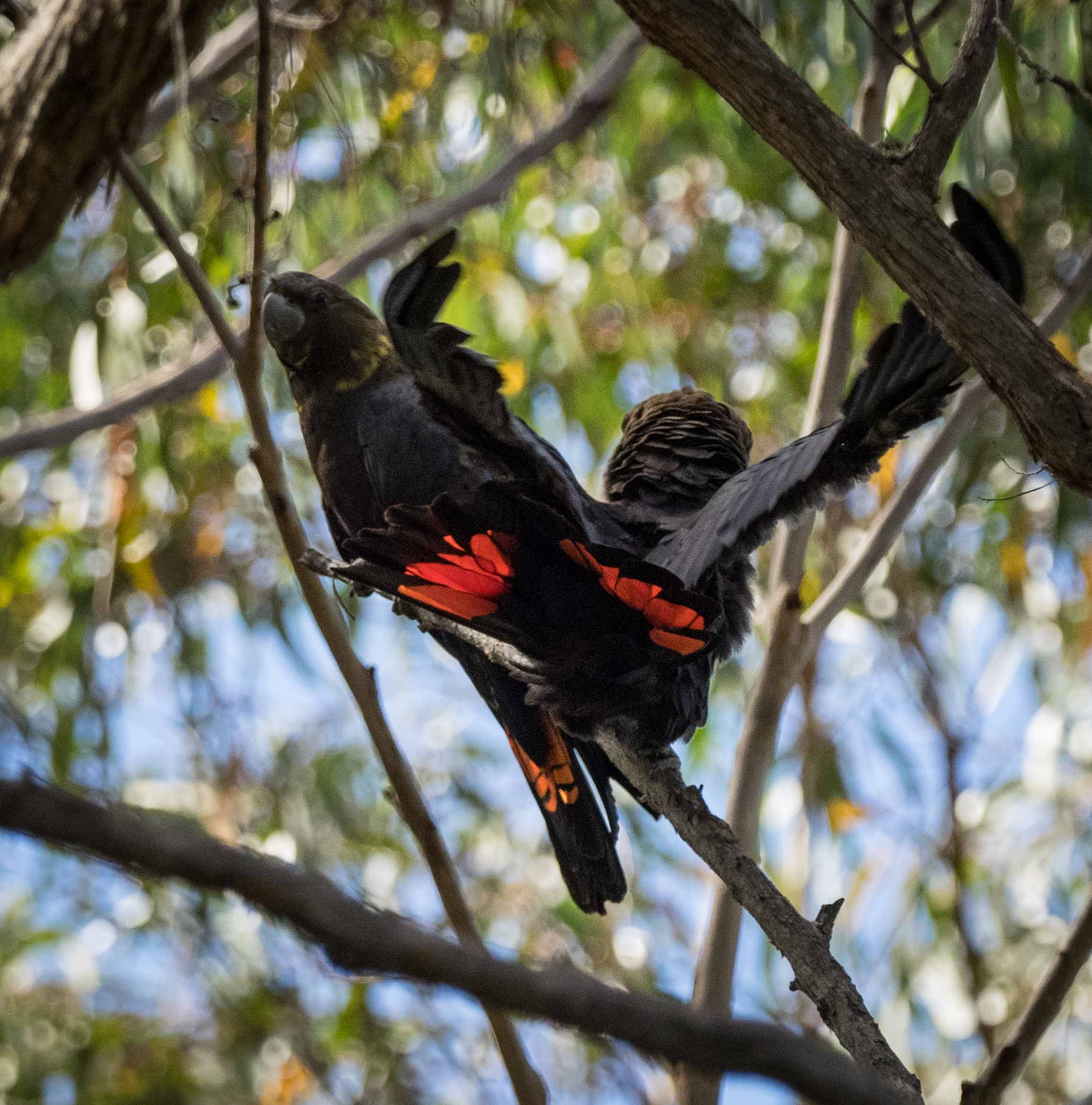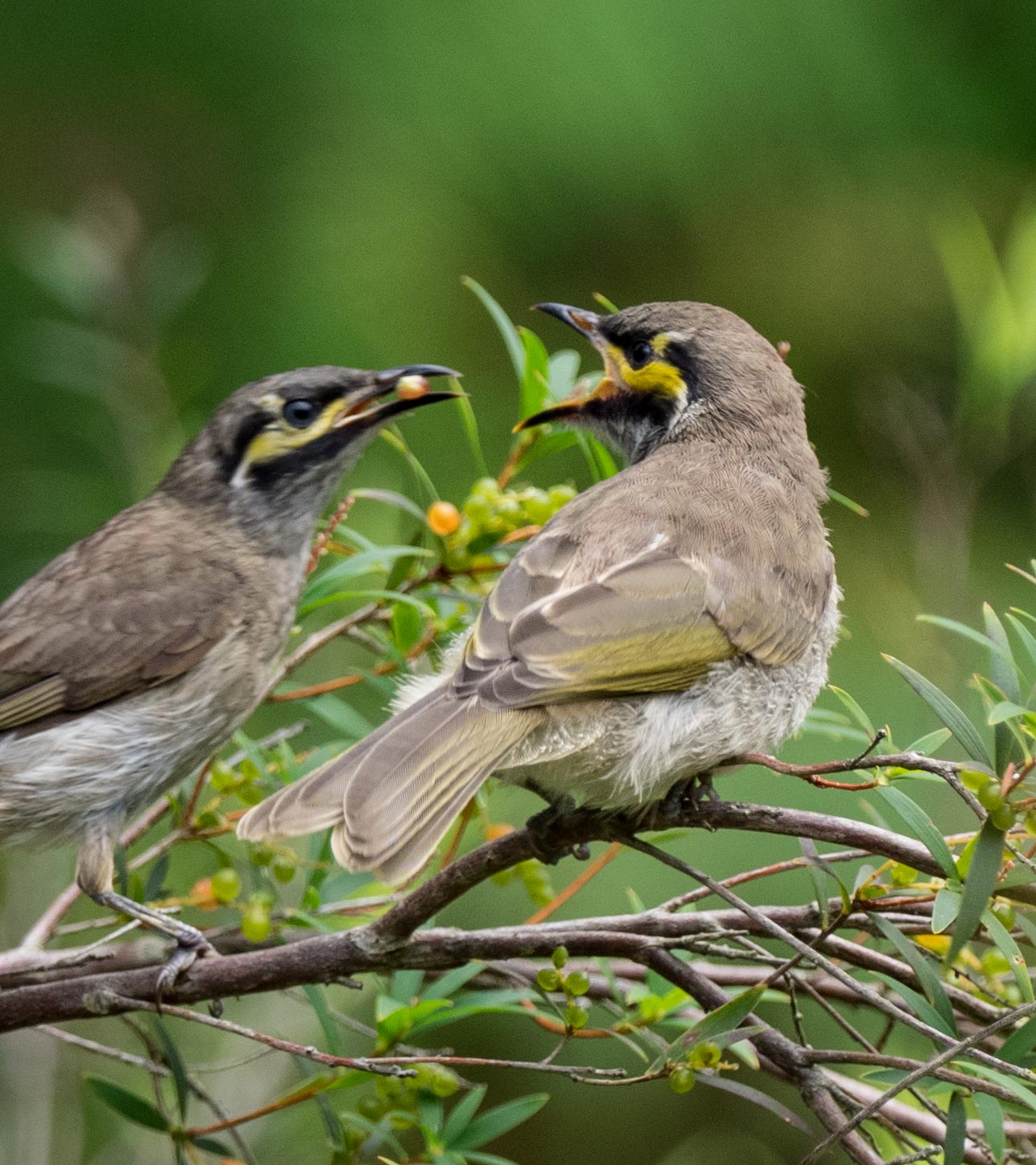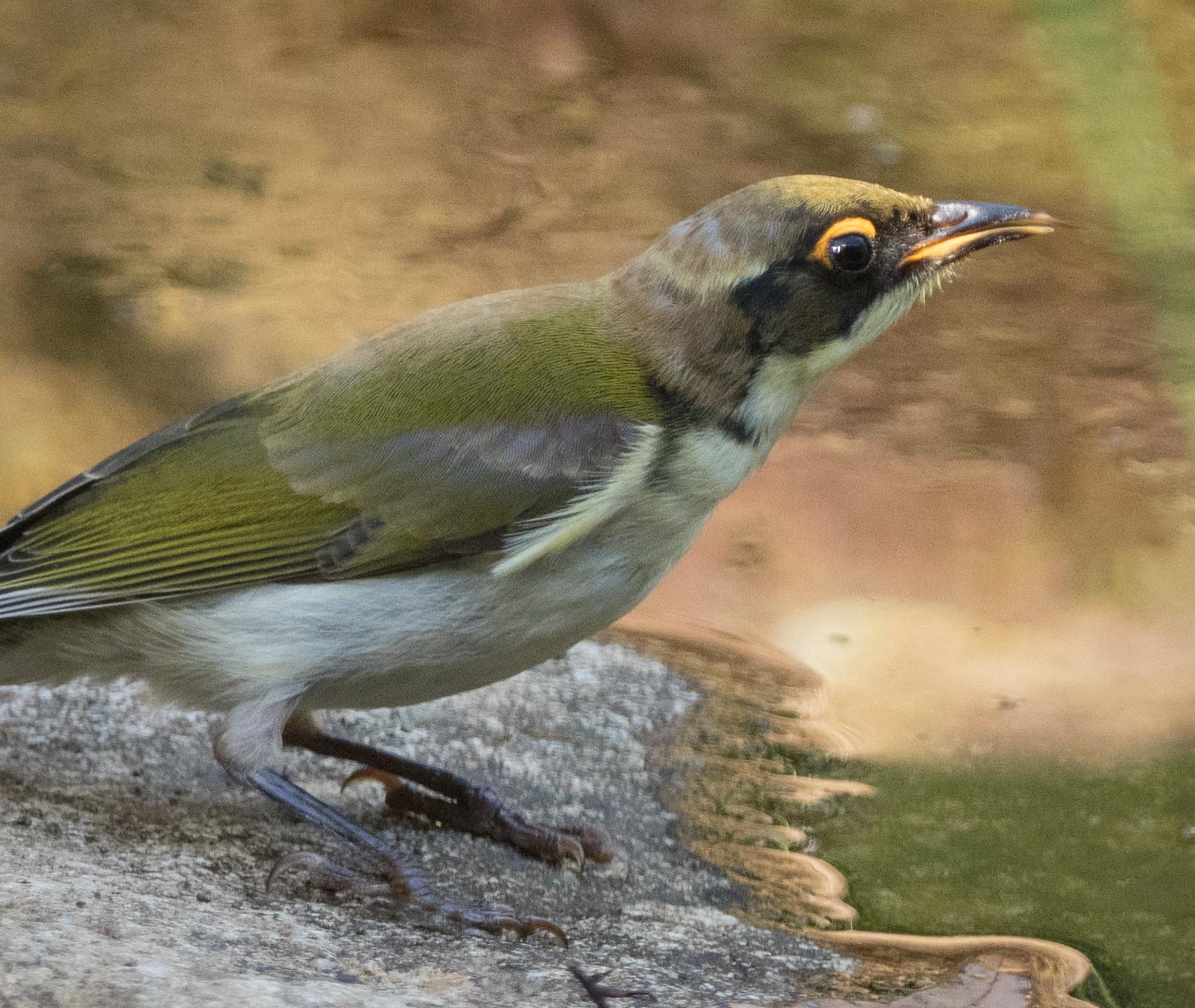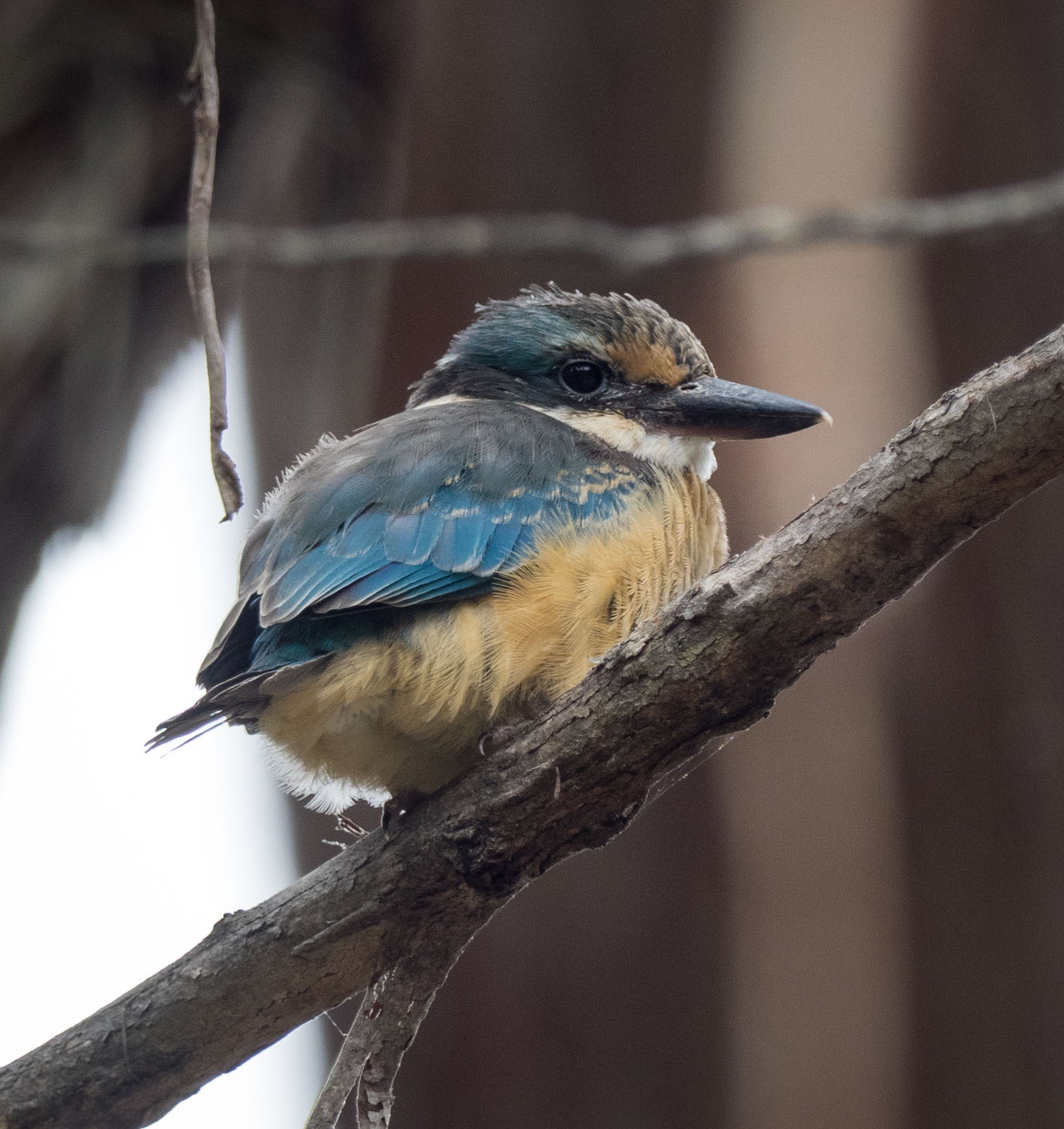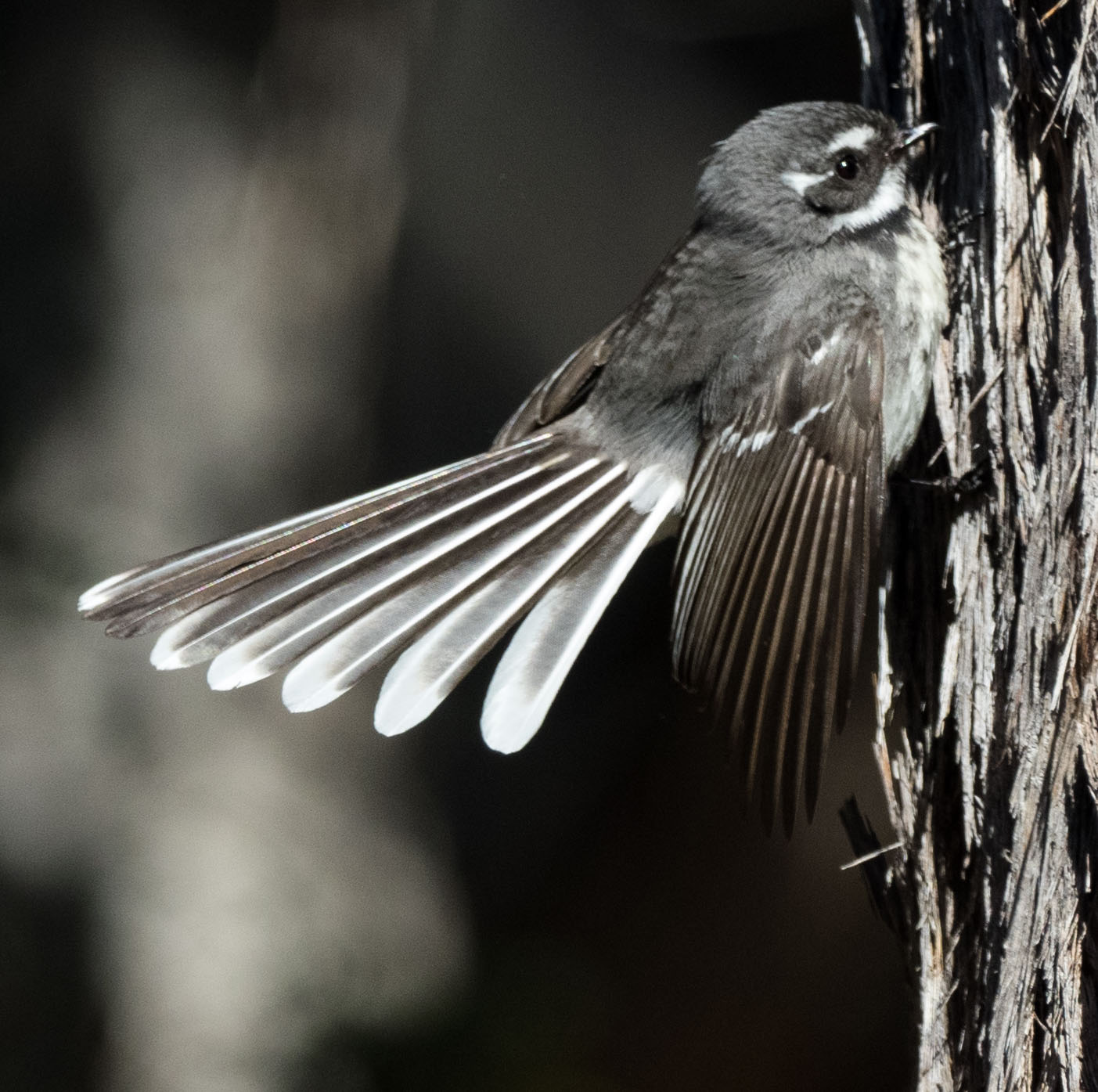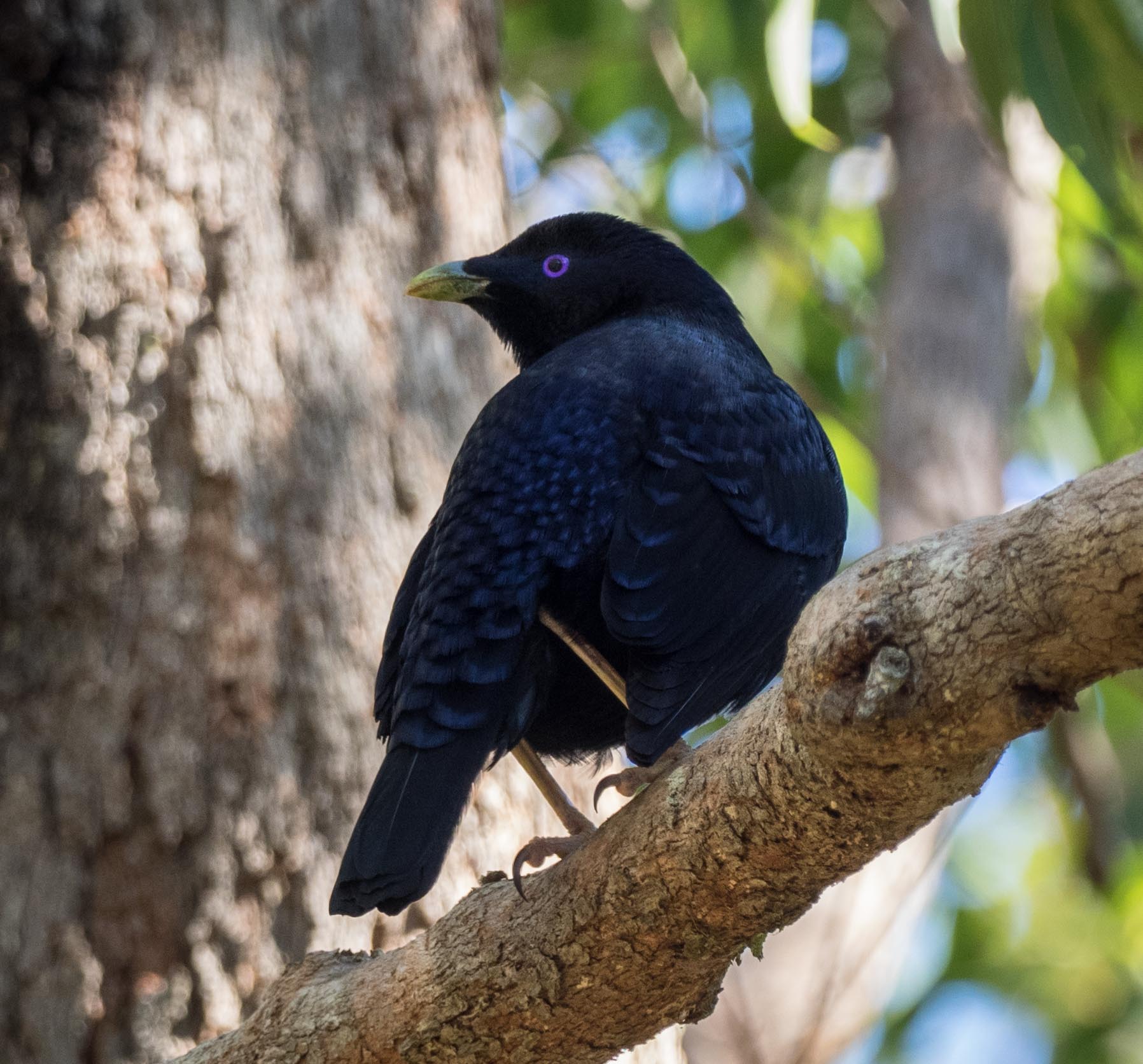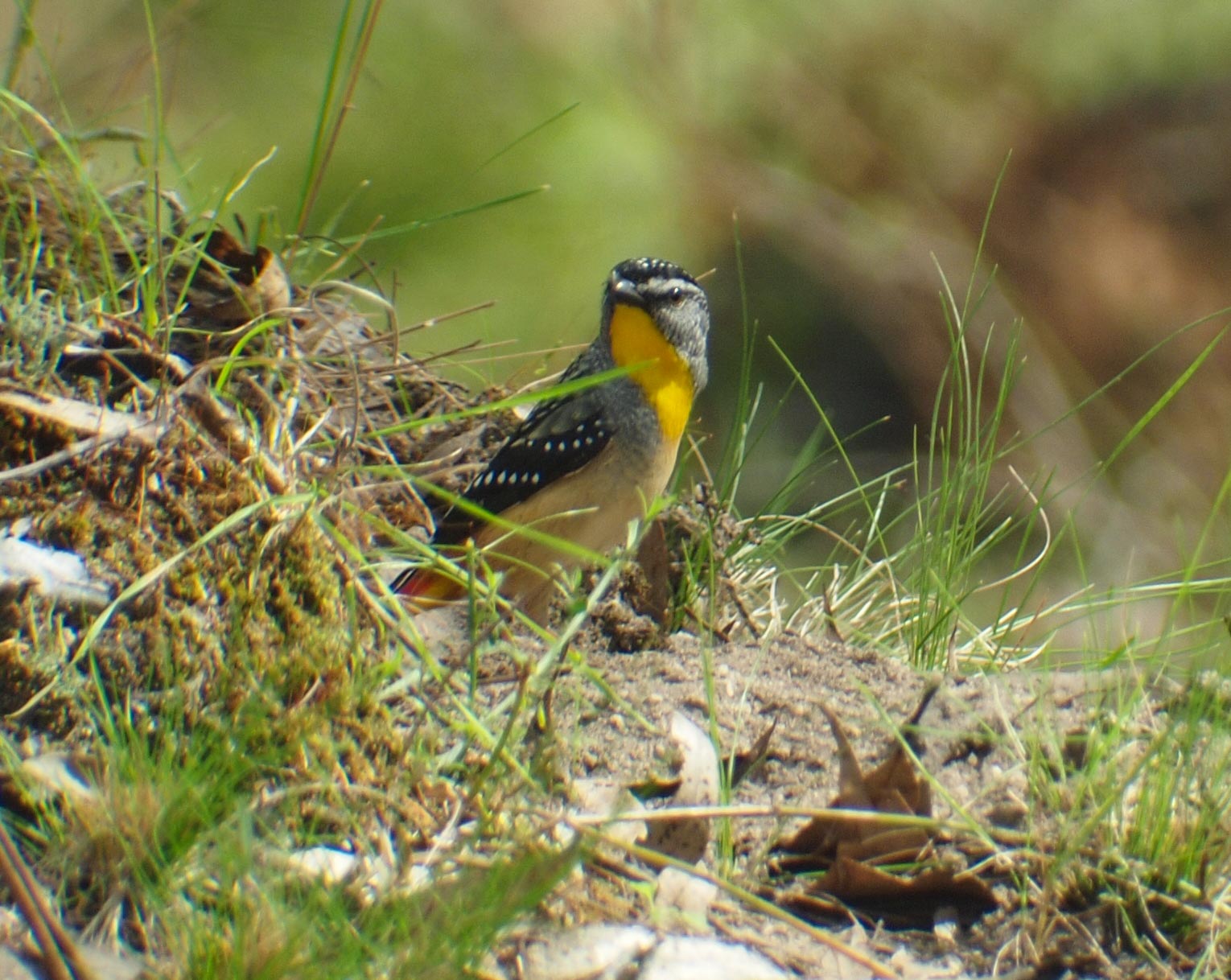Returning friends, strange visitors
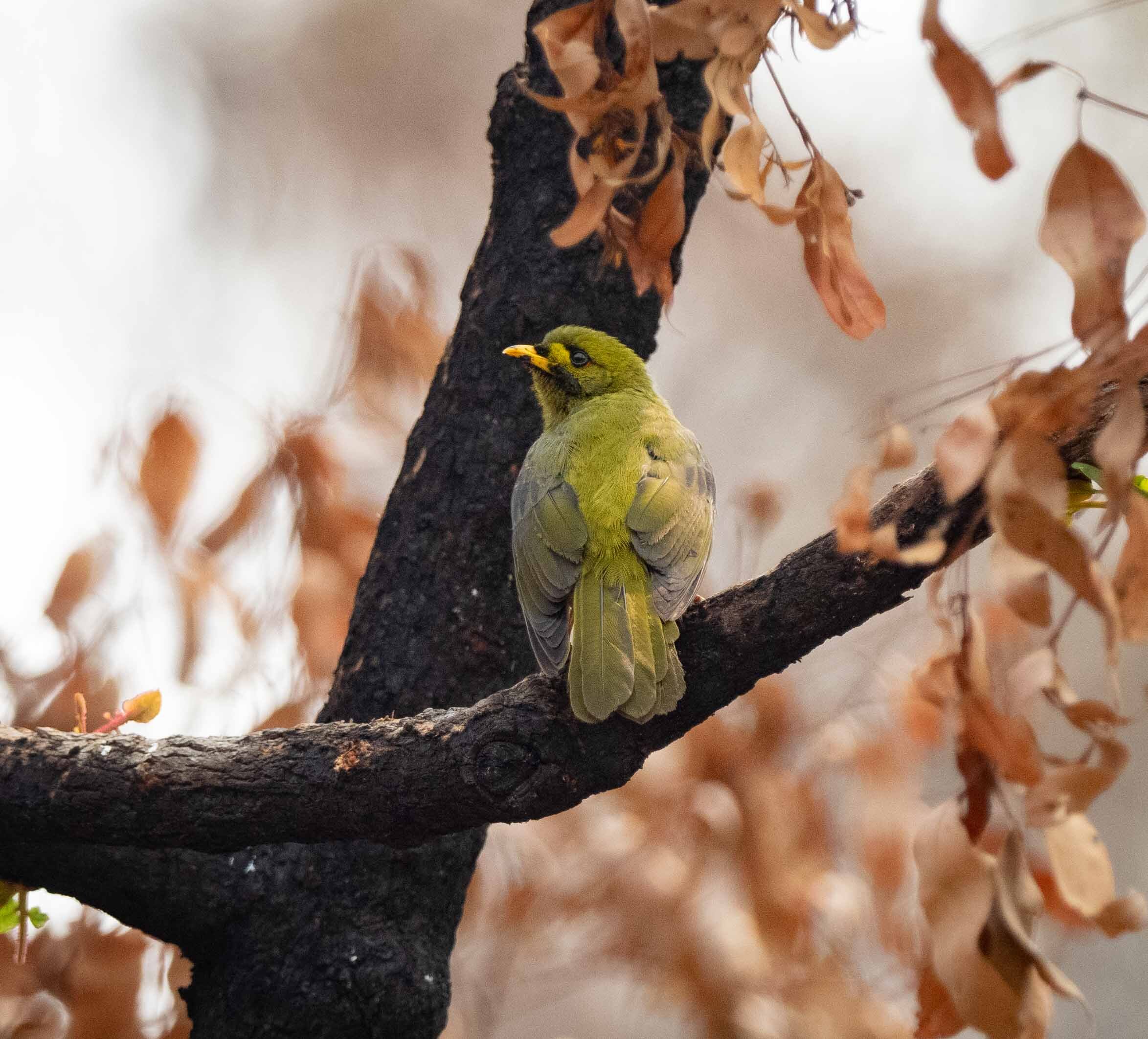
Every day our new bird list grows.
Our home bird list stood at 117 species to the end of December 2019. Then there was The Fire. The forest is starting over and so is our bird count.
Returning friends
Fairy-wrens and other small birds
The Superb Fairy-wrens are back and seem to be here to stay. In the absence of their usual shrubby retreats, they’re taking advantage of dead trees that have fallen since the fire. There must be enough small insects appearing now to sustain them, although I suspect that they are needing to hunt over wider areas than usual. Their world has changed, as ours has.
Fairy-wrens are not the only small birds reappearing. Striated and Brown Thornbills are the most numerous, and we occasionally spot an Eastern Spinebill or White-browed Scrubwren.
Birds of prey
The small birds are understandably wary now. The forest is so open and even the canopy provides little cover from predators.
For goshawks this cuts both ways: their prey is exposed but so are they. Brown Goshawks usually rely upon ambush to hunt small birds. When this juvenile appeared there were no small birds in sight. In apparent desperation, it swooped the Choughs and then a Lyrebird! Unsuccessfully.
This may have been one of the Goshawks fledged here late last year.
Brown Goshawk (31/1/20)
Kingfishers
The Kookaburras and Sacred Kingfishers have been here from the start. At least, we’ve heard or seen them every day since our return.
I think there are two Sacreds. Whether they’re the same two adults that nest here in the same Angophora, year after year. Or perhaps the young they fledged in December. I can’t be sure. We’ve seen them visit their nest hollow, so they do seem to be ‘our’ Sacreds. There’s no shortage of food for them. Skinks abound and cicadas of various species have been emerging and calling ever since the fire.
Glossy Black-cockatoos
The big news! A group of six Glossy Black-cockatoos flew overhead yesterday! No sight since the fires has made me so happy as that one brief glimpse. Before the fires we would regularly see Glossies feeding in Allocasuarina nearby here. Most of those trees have since burned, their seeds shed. It is wonderful to know that at least some of the birds have survived and are finding patches of green forest to keep them going.
Grave fears are held for the survival of this threatened species in NSW as so much of their forest habitat has been decimated this Summer.
Strange visitors
Rainbow Lorikeets
We’re seeing some species that would almost never ventured into the forest previously. Some we welcome, others less so.
The sheer number of raucous rainbow lorikeets is quite overwhelming. They first appeared two weeks after the fire and it seems they have hardly left since. In the past we would see a few, occasionally, and mostly only when a few eucalypts were in heavy blossom. Now we have a hundred or more, constantly. Their chaos centres on the bird baths.
But the lorikeets are not just after water. They’re hungry and have taken to the Allocasuarina. The trees are dead and the cones have opened. While many seeds have already fallen there must be some still held in the fruit and the birds are feasting on these. Normally the seeds are all-but inaccessible to lorikeets – they lack the specialised equipment of the Glossies!
Indeed it seems that most of the seeds have gone now. And it also seems that the birds are starving.
A friend in the village reported seeing several dead birds recently and I discovered one here just yesterday. Its breastbone was razor sharp, a sure sign of weight loss.
It might seem harsh, but we won’t feed the wildlife. Threatened species perhaps, if that becomes necessary. But not the more common and widespread ‘boom and bust’ species like lorikeets and kangaroos. Like the rest of the ecosystem, they will find a new balance and their population sizes will change over time.
Despite their beauty we do hope the lorikeets don’t settle here in the forest. They aggressively take over nesting hollows, evicting other birds and small mammals. We trust that they’ll soon move on in search of the flowering trees they need.
Pigeons galore
We have always had Wonga Pigeons. They live and breed here. Other species we would see only rarely. But since the fire we are seeing more pigeons than ever. The Wongas are here, along with regular forays by Bronzewings and a one-off sighting of White-headed Pigeons. Then yesterday a flock of Peaceful Doves descended! About a dozen small birds, pecking about on the ground, and then resting among the rocks and sand of our near-empty frog pond.
The wealth of seeds falling to the ground is proving a boon for them all. There are the Allocasuarina seeds just mentioned, along with the seeds from the Eucalyptus, Callitris, Hakea and other woody-fruited shrubs and trees – all split in response to the fire.
Wood Ducks
Australian Wood Ducks are a common bird in more open country. They only occasionally visit the forest, and when they do they’re looking to nest. A pair dropped in a few days back and they were clearly shopping for a new hollow. The female pecked on a few grass shoots, but she spent most of the visit just calling, waiting, and watching her mate. He flew from burnt tree to burnt tree, investigating every hollow in sight. After a while she checked out one of his selection … but eventually both flew off. Perhaps they’ll be back, perhaps not. We may be too far from the grasslands they favour as their feeding grounds.
Bell Miners
A very unusual visitor –and really most unwelcome. Yes, they are native. Yes, they are common in the area. And yes, they are famously aggressive once they move in. They tend to chase out many other birds, including small honeyeaters, as they guard the trees that they farm for lerps. They also have a negative impact on the health of the trees … not something we’d welcome right now as our forest struggles to recover.
The Bell Miners appeared here yesterday for the first time. There has been a colony nearby for many years, along a creek valley now burnt out. We’ve heard that the colony in Tathra similarly spread out from the creek lines following the fire of March 2018. I guess we’re seeing the same phenomenon. Only time will tell whether they’re just passing through or if they’ll set up camp here for a few years. Fingers crossed for the former.
Our post-fire home list now stands at 34*
Australian Magpie, Australian Raven, Australian Wood Duck, Bell Miner, Brown Goshawk, Brown Thornbill, Common Bronzewing, Eastern Spinebill, Eastern Whipbird, Eastern Yellow Robin, Gang-Gang Cockatoo, Glossy Black-cockatoo, Golden Whistler, Grey Fantail, King Parrot, Kookaburra, Peaceful Dove, Pied Currawong, Rainbow Lorikeet, Rufous Whistler, Sacred Kingfisher, Satin Bowerbird, Southern Boobook, Striated Thornbill, Superb Fairy-wren, Superb Lyrebird, Whistling Kite, White-bellied Sea-eagle, White-headed Pigeon, White-throated Treecreeper, White-winged Chough, Wonga Pigeon, Yellow-faced Honeyeater, Yellow-tailed Black-cockatoo
* Note that we count any species seen or heard (with confidence). They may be flying through, like the Glossies, and not feeding on site. They all count!








































